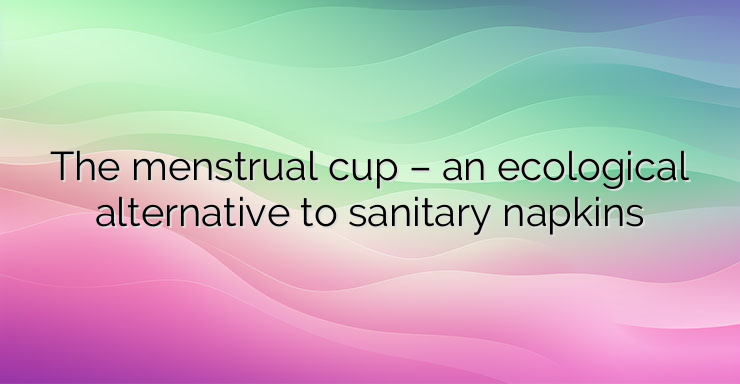A menstrual cup is a small, flexible, funnel-shaped cup made of rubber or silicone that is inserted into the vagina during menstruation to collect menstrual blood. Cups are mostly reusable, but there are also single-use varieties. They are most often chosen as an ecological alternative to tampons and sanitary napkins, and in some cases also because of the greater freedom and comfort it provides. Reusable menstrual cups are durable and with proper maintenance they can be used from 6 months to 10 years. Disposable cups are thrown away after use. How is the menstrual cup used? Most menstrual cups come in different sizes depending on: Age; The length of the cervix; Abundance of menstruation; Pelvic floor muscle strength; Has there been a vaginal birth; The flexibility and capacity of the cup. Smaller menstrual cups are recommended for women under the age of 30 who have not given birth vaginally. Larger sizes are generally suitable for women over 30, vaginal births and those with heavy periods. Before inserting the menstrual cup, it is important to wash your hands thoroughly. The cup should be placed a few centimeters below the cervix. It then regains its shape and the seal it creates stops the menstrual flow. The cup is correctly placed when no discomfort is felt. When moving, running or jumping, it should not fall out or leak liquid. The menstrual cup can be worn for 6 to 12 hours, depending on whether the period is heavy or not. This means it can also be used at night. It is important to remove the cup no later than 12 hours after insertion. Reusable menstrual cups should be sterilized before their first use and washed thoroughly after each use. The cup should be emptied at least twice a day during menstruation. What are the benefits? A menstrual cup is affordable, more economical and safer than tampons Its greater safety is due to the fact that because blood is collected instead of being absorbed as with tampons, there is no risk of developing toxic shock syndrome – a rare bacterial infection associated with the use of tampons. It also collects more blood than pads and tampons and is more environmentally friendly than them. Some more flexible menstrual cups can also be used during sex. What are the disadvantages? The menstrual cup requires more care because of cleaning, more difficult insertion and removal at first. It may cause an allergic reaction when it is latex, and vaginal irritation and discomfort. You may need to try several brands before you find the perfect menstrual cup. To avoid infection, wash your hands and the cup itself thoroughly before and after use. Source: https://www.healthline.com/health/womens-health/menstrual-cup


Leave a Reply